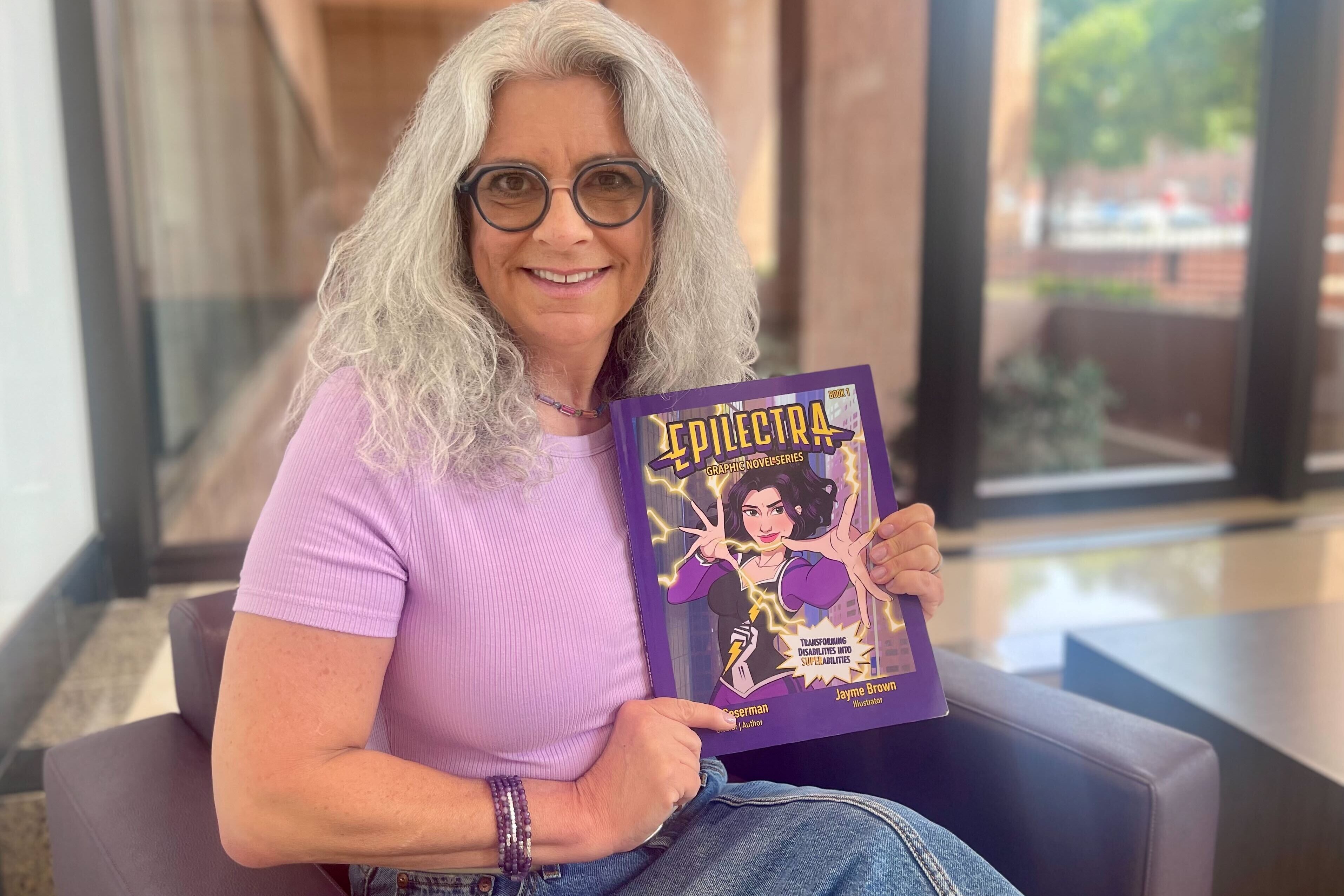
Updated 1/27/2015
For 17 years, almost as long as the artist Christo has wanted to drape a six mile stretch of the Arkansas River with decorative fabric, a dedicated group calling itself Rags Over The Arkansas has successfully fought to deny him his vision.
Today, they’re back at it. The group has filed notice to appeal a federal court’s January ruling that allowed Christo’s Over The River project to move ahead.
The judge in the case found no evidence that federal officials failed to comply with the Federal Land Management Act and National Environmental Policy Act when they allowed Christo's project to move forward, as its opponents said in their lawsuit.
On Monday, Friends of Animals, counsel for ROAR, filed their appeal notice in the United States Court of Appeals for the Tenth Circuit.
The group said in a statement that, “the court failed to properly apply the conditions in the relevant BLM land management plans for the Arkansas River Headwaters Recreation Area, land management plans that clearly do not provide for an industrial scale project like Christo's.”
From the filing:
ROAR believes that public lands should not be used in ways that prevent the public from freely using them for the purposes they were set aside for. Additionally ROAR has repeatedly detailed its concerns regarding emergency access for the 5000 plus residents who live in the proposed OTR project area and for the many thousands who travel on US Highway 50 every day.
Christo representative Miles Graham characterized the ROAR move as "nothing more than another attempt to delay the installation of this two-week temporary work of art."
From his statement:
Christo will determine next steps after he has had the opportunity to review the appeal brief when it is filed. And, after the Colorado State Court of Appeals has ruled on the outstanding challenge against Colorado State Parks.
The artist and his late wife Jeanne-Claude began scouting for a location for the temporary installation in the 1990s. He told CPR in October that the idea for the project came from an installation years earlier where the couple was wrapping a Paris bridge in fabric.








